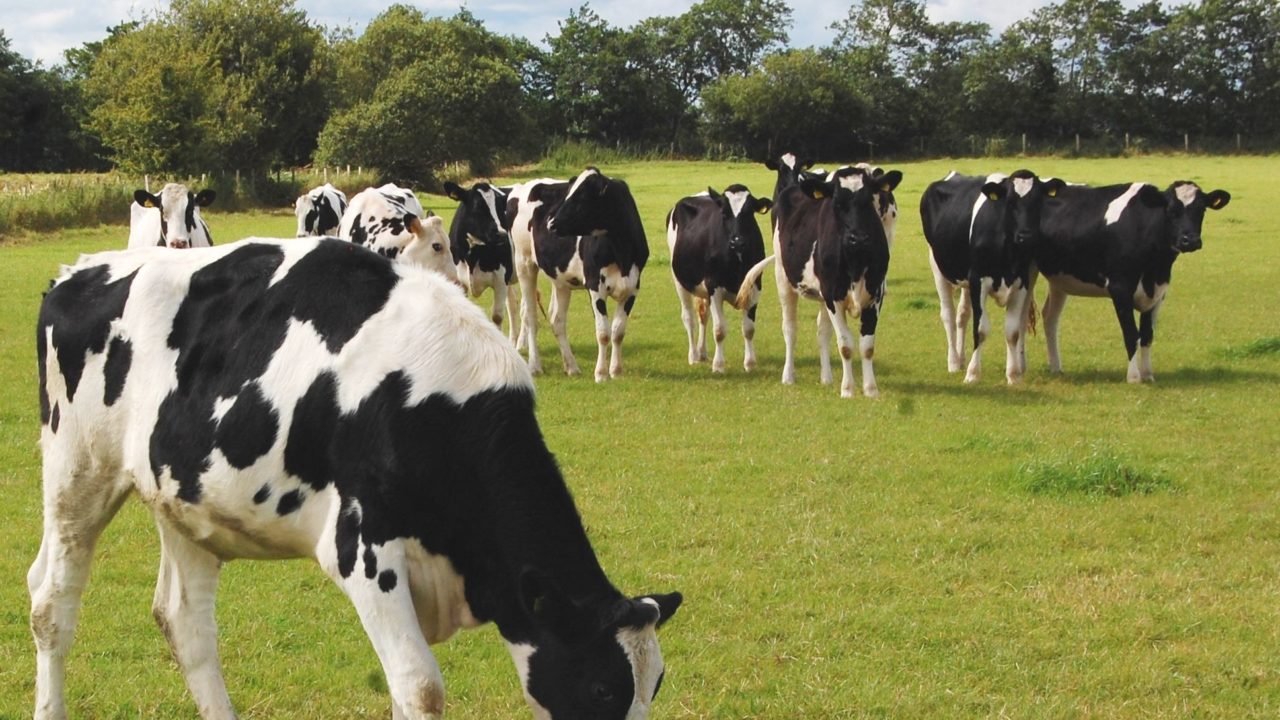With many farmers still unable to get housed stock back onto grass due to the prolonged spell of wet weather and poor ground conditions, some dairy farmers have expressed concerns over turnout running into breeding season, especially where maiden heifers are concerned.
That’s according to Stuart Childs, dairy specialist with Teagasc, who addressed the issue on the latest episode of Dairy Edge podcast.
“In reality, the vast majority of heifers are still in the shed. The forecast is only just starting to show signs of improvement…There hasn’t been the opportunity really to turn them out,” he said.
“They’re running definitely a month and possibly two months behind schedule depending on what part of the country you’re in.
“If the weather, please God, does pick up next week, we’re getting good drying in a very short space of time when we do get the dry weather. So if we do get a dry spell of weather, ground will firm up quickly enough, and we will be able to turn them out,” Childs added.
However, he said that some dairy farmers have expressed concern that turning animals out close to, or at the same time as, breeding, and the ensuing diet change of moving from silage and concentrate to grass, may impact breeding performance.
“The big concern that seems to be out there is in relation to what this transition is going to be like… There does seem to be a bit of concern that this change in diet is going to have an impact on them,” Childs said.
However, he cast doubt on whether the change of diet would itself have a negative impact, instead highlighting that good quality grass, once heifers do get out, is of greater importance.
“It’s the availability of grass that would probably be the bigger concern for me, and just making sure that once they go out, they stay out. That would be the most important thing. The quality of the diet is going to improve straight away once they do go out,” the Teagasc dairy specialist said.
For those farmers who still have concerns about the transition from a housed diet to a grass diet, Childs suggested, if possible, continuing to feed heifers concentrates for a few days immediately after turnout.
“If people are very concerned, and the big question I’m coming across is the transition from the housed diet to the grazed grass diet, and if people are really bothered about that…for the two or three or four days after they do go out, continue to give them the concentrate that they were getting, and just help them get used to being out again,” he said.
“But from a nutritional point of view, assuming that the weather does come right, and it’s not lashing rain down on top of us again…grass quality is going to be better than any silage that they’re getting, and if you want the comfort of giving them the little extra bit of concentrate for a couple of days, just while they’re switching over, they’ll be fine from then on.”
Childs noted that one concern for these heifers on an all-grass diet around breeding time is minerals, although, according to the dairy specialist, the impact shouldn’t be significant.
“The only concern I’d have for them going on an all-grass diet is from a mineral point of view, and in the short term that’s not even a major concern, because there will be a week of a carry-over effect in the feed in terms of mineral content, so they would get away with it for a couple of days,” he said.
“If there are concerns around minerals they’re either being made available to them in the field through buckets, or else they’re going to be bolused or injected with some sort of mineral to cover them for the trace minerals. It just will be lacking in the grass, there’s no two ways about it,” Childs added.
